Home » Summer Plants
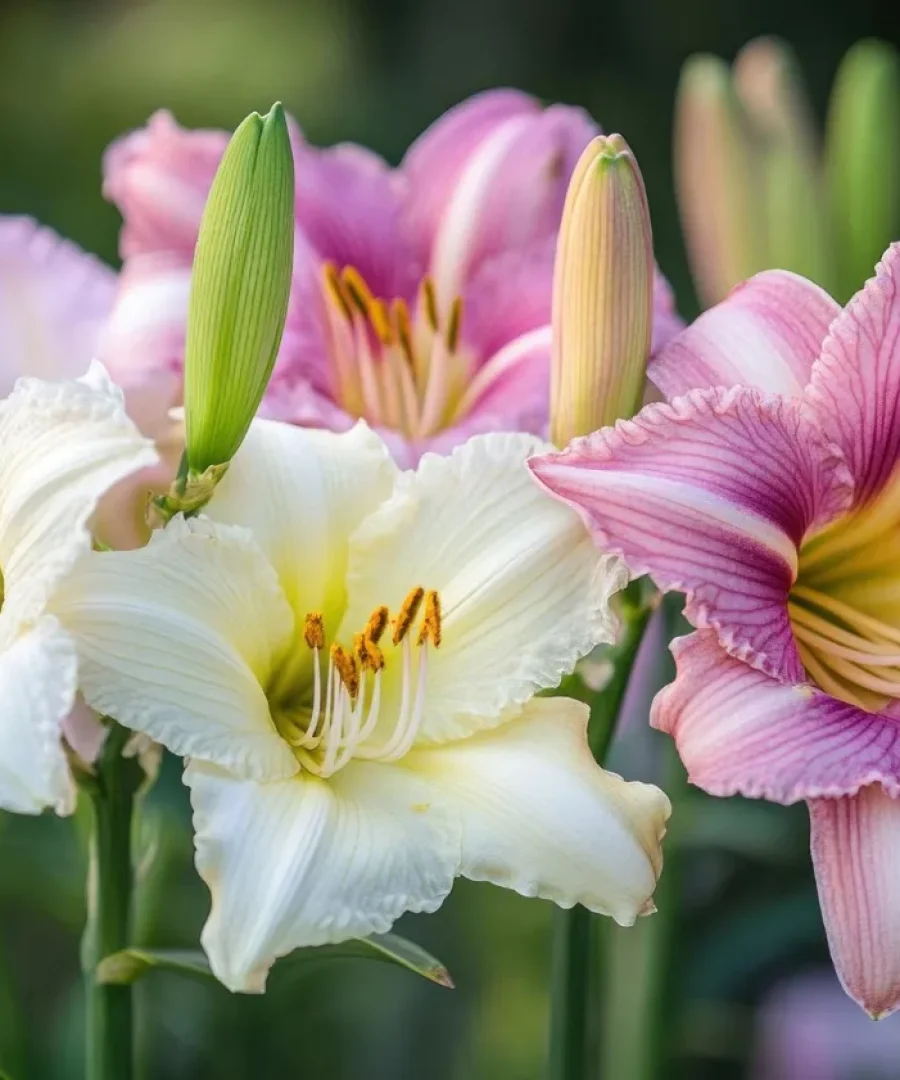
Summer Plants
Summer Plants- Brighten up Your Garden
Summer ushers in colorful blooms and verdant greenery, metamorphosing gardens into a proverbial Eden. Drought-defeating succulents to sun-loving marigolds, plants in summer welcome beauty and freshness to any area. Summer plants invite the sun for their overall health. Tropical foliage flowers, or herbs these hardy plants can withstand the heat and brighten up your home or garden all season long!
The glory of summer plants is that they can fill our gardens, balconies, and backyards with vibrant color and lush growth. Sunflowers to greet the morning sun or herbs for your recipes, it is a joy to tend summer plants. But gardening in summertime isn’t always as simple as it seems. Blistering heat, random droughts, and infestations can throw us for a loop. The right species and a few tried-and-true tips can make all the difference in the world.
In this ultimate guide, we explain how to choose, grow, and keep the best summer plants for your space. From vigorous annual flowers to reliable perennials, we’ll cover it all. Let us sing the praises of some excellent vegetables and herbs that love the heat. For a vast backyard plot or a scrubby container operation on a sunny windowsill, find help here. Your summer gardening efforts brighten your life. Let’s dig in!

Why Summer Plants Are Special
Summer plants have adapted to cope with high temperatures, high sunlight levels, and varying humidities. Spring plants tend to flag once the mercury rises, but true summer plants withstand heat and humidity with aplomb! Some even reach their peak in the worst of summer months. This heat resistance has not come about by chance to these summer-hardy plants. It is a product of centuries of selective breeding and natural adaptation.
These plants also tend to have showy flowers, bold foliage, or bountiful fruit production when we humans are shelling out much to buy from stores.
When your yard or balcony is an explosion of colors, it becomes a vibrant space for summertime social affairs. Yet beyond aesthetics, many summer plants deliver practical benefits. They provide shade, pollinator support, and fresh produce for your table.
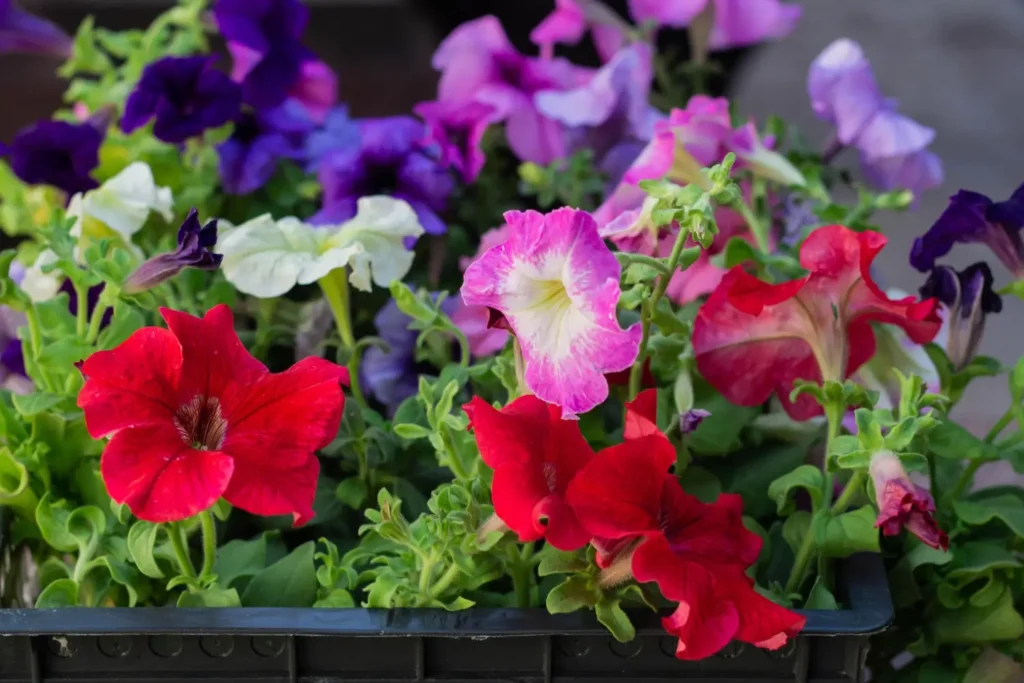
Knowing Your Climate During the Summer
Temperature Tolerance
Humidity Considerations
Soil Preparation and Sunlight
Ideal Soil Types
You are wrong if you thought soil is just dirt. Respiring soil is a thriving ecosystem by itself. It is replete with nutrients, microorganisms, and throbbing with life. The base and basis for any ecosystem is healthy soil. Petunia flowers or fruiting plants, such as tomatoes, need non-water-retaining soil that is nutritious. For good results, add and mix compost or well-rotted manure into your garden beds a few weeks before plantation. Moisture retention and soil structure will be enhanced with this effort. It will also enable the soil to provide the required nutrients during and after the planting season.
Sandy soil is used by many farmers for its rapid draining features. Be aware and consult experts, as sandy soil does not effectively retain nutrients. Farmers consider Loamy soil as the “gold standard” for its qualities to balance drainage, aeration, and nutrient supply. Clay soil is also a good choice to retain moisture, but it can become compacted easily. You can improve its drainage capabilities to a large extent by mixing organic matter with it.Sun Exposure Tips for Summer Plants
Annuals vs Perennials for Summer
Popular Annual Flowers

Top Perennial Flowers
Perennials survive and flourish for many years. Unlike annuals, they may not offer instant flowers and vividity. With their inherently stronger root systems, they mostly need less water and are almost maintenance-free once established. Given below are some excellent perennial summer bloomers:
- Daylilies: Glorious in a harmony of nuanced pastels to vivid reds, these are robust, hardy species.
- Coreopsis: Their abundantly blooming cheerful yellow flowers can bring a bright smile to any garden.
- Echinacea: Sculptural in looks, with a dramatic central cone circled by vivid petals, is also a pollinator par excellence.
Top Summer Flowers
Sunflowers:
Petunias:
Marigolds:
Zinnias:
Vegetable Gardening in Summer
Tomatoes and Peppers
6 to 8 hours of daily good sunlight is required to grow veggies like peppers and tomatoes. Remember, they are warmth-friendly plants. They come in varied sizes and recipe-specific versions. Big and beautiful beefsteak tomatoes and tiny and petite cherry tomatoes are two such examples.
Peppers grow in either Spicy or Sweet varieties. The spicy, hot column may include Jalapenos and habaneros. Bell peppers are classified as sweet. Prevention of blossom end rot and well-rounded growth can be achieved through a careful watering plan.
However, it is important to monitor their needs closely because variations in conditions can affect their growth. Although these plants are resilient, slight mistakes in care can lead to significant challenges.
Squash and Cucumbers
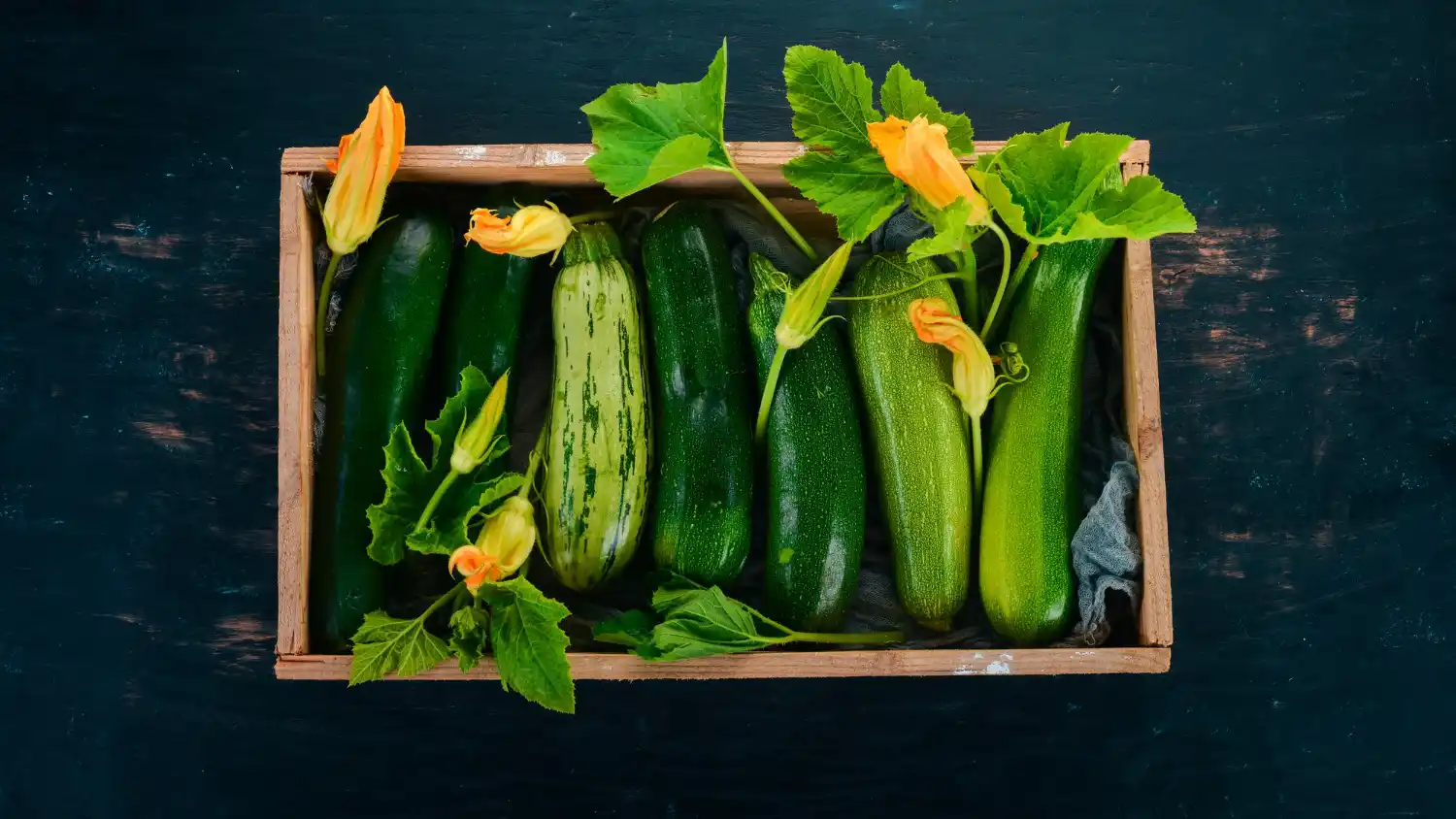
Leafy Greens
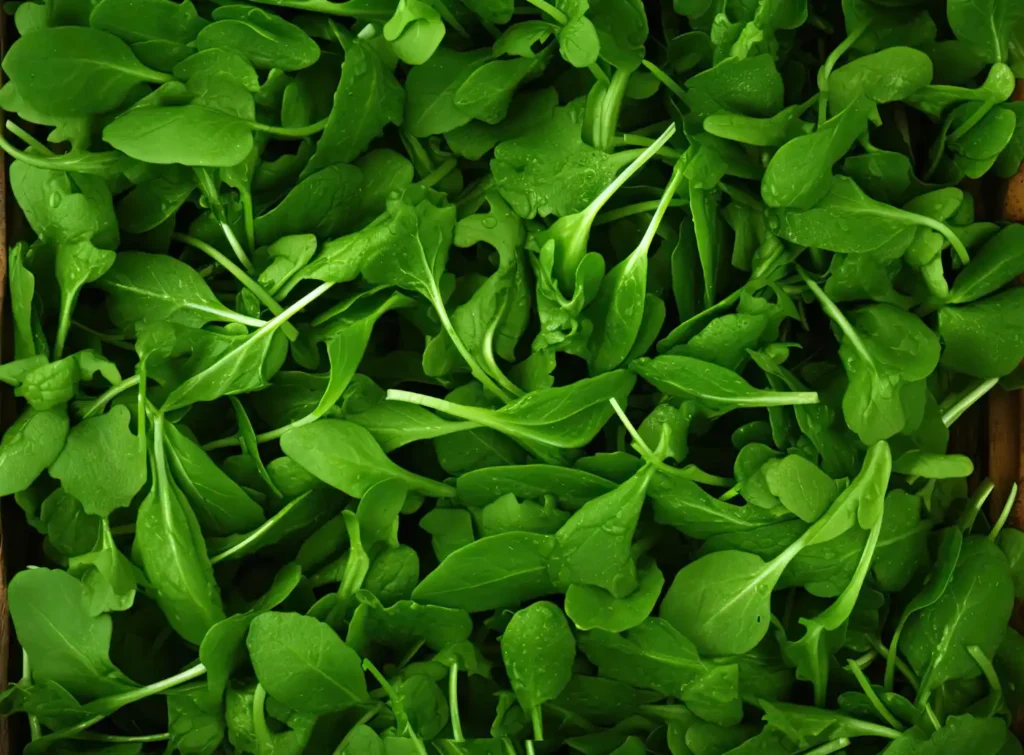
Herbs That Thrive in the Heat
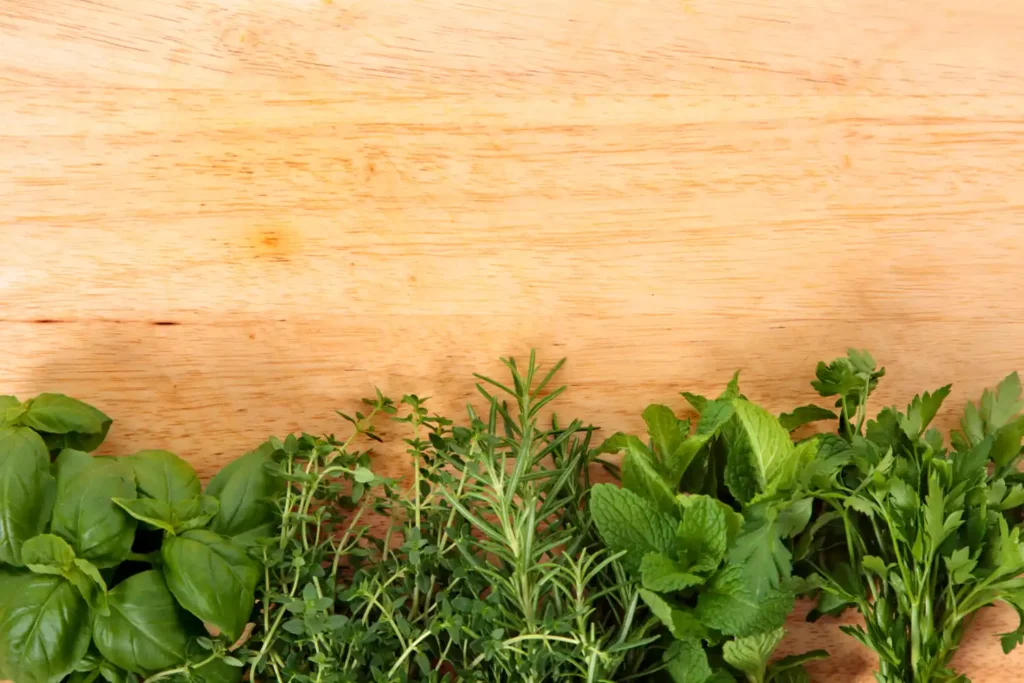
Basil
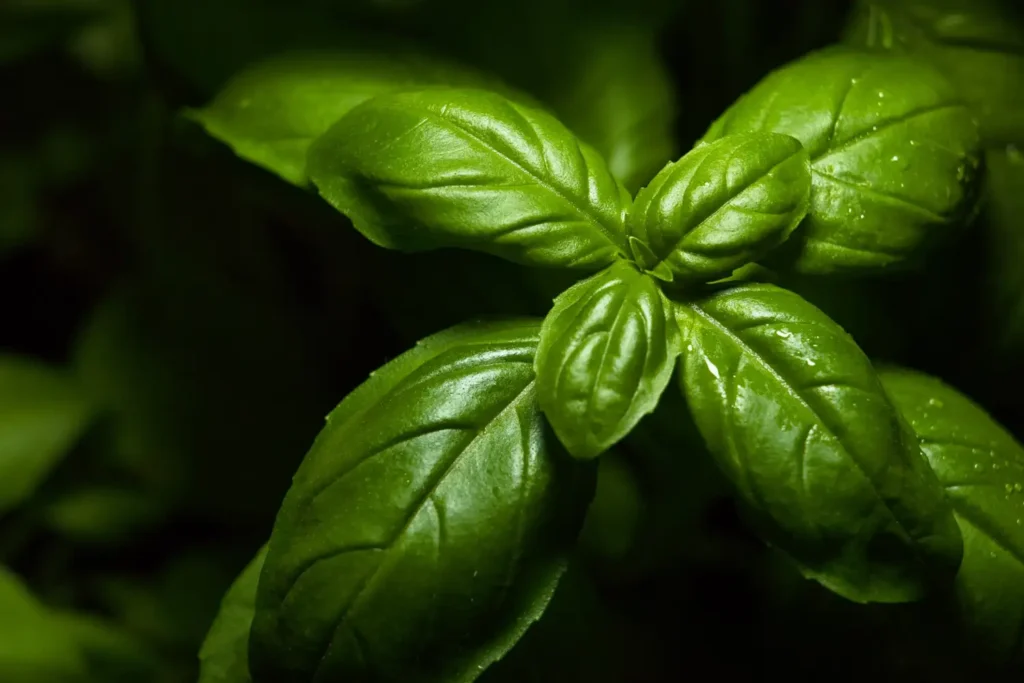
Rosemary
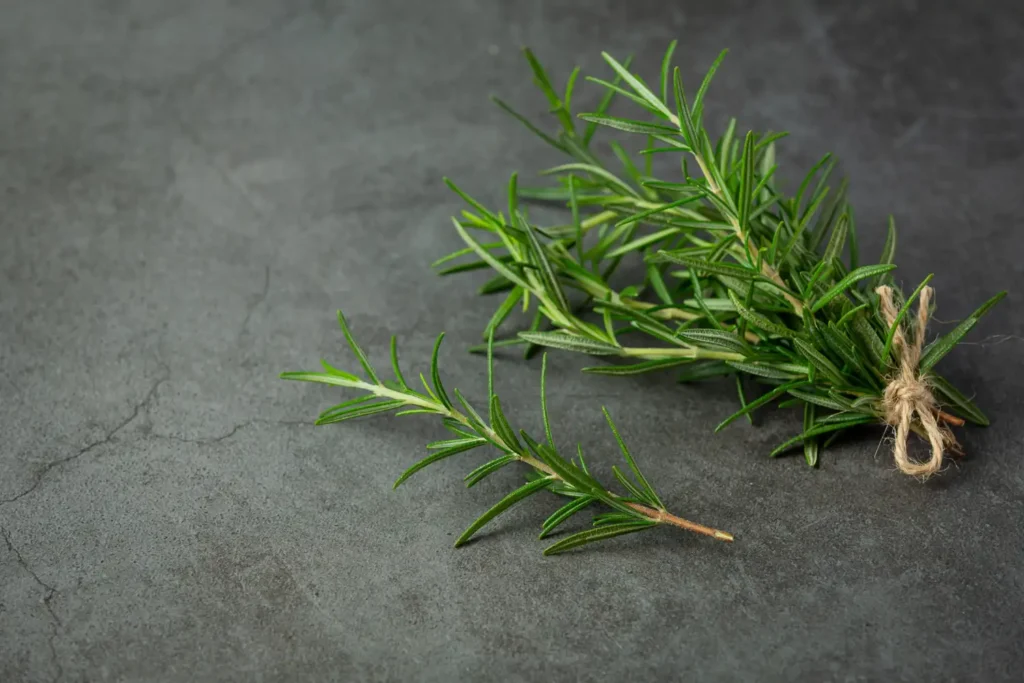
Thyme
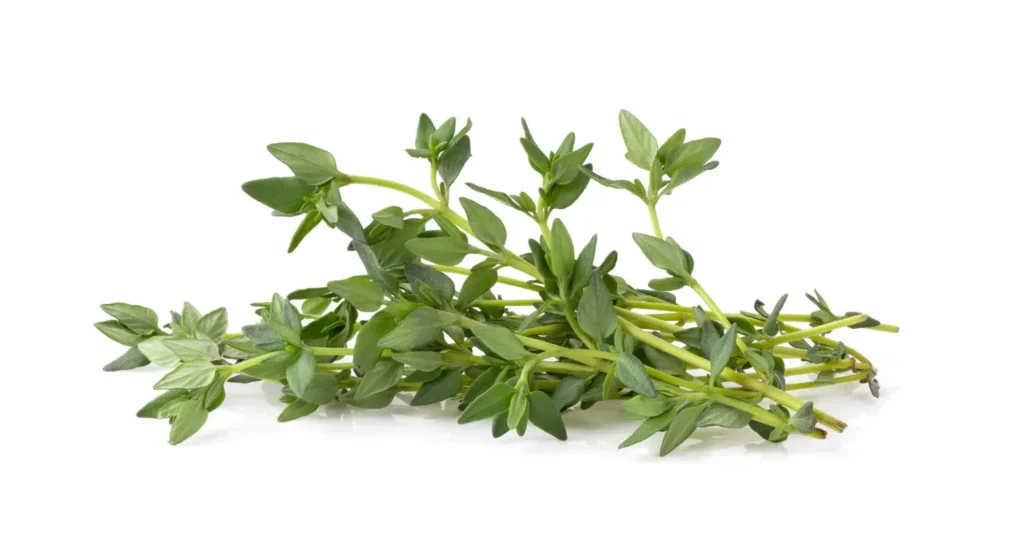
Container Gardening for Summer
Choosing the Right Container
Soil Mix and Drainage
Plant Pairing Ideas
Watering and Irrigation
Frequency and Best Practices for Summer
Drip Irrigation Systems:
Fertilizing Summer Plants
Synthetic versus Organic Fertilizers:
Application Timelines
Management of Pests and Diseases
Common Summer Pests
- Aphids: These minuscule pests target new growth as they consume fresh sap of leaves and stems.
- Spider Mites: If you can see stippling and fine webbing in leaves, these pests are already your uninvited guests. They find a home in hot and dry environments.
- Japanese Beetles: Big chompers. They chew voraciously to skeletonize foliage and flowers. Do not go by their seemingly insignificant presence, they can be big destroyers.
Natural Pest Control Methods
Pruning and Maintenance
Deadheading Flowers
Trimming and Tidying
Landscaping Ideas with Summer Plants
Color Coordination
Layered Heights and Textures
Harvesting and Seed Banking
Picking vegetables ready for harvest or saving seeds for the next planting season is a fulfilling experience. Timing and technique in harvesting vegetables are bits of information equally core to planting and growing crops.
Cucumbers, squash, and peppers have to be plucked when firm before they are not yet mature. They need a watchful eye on their growth to be plucked in time. Their skin may turn tough, and the fruits may become bitter. With flowers, their stems should be harvested when the temperature cooling is best, during early mornings or evenings. At this time, the flowers best retain their freshness.
When keeping stems in warm water, the results are at their best. In flower types that you wish to save seeds for next year, allow a few flowers to go to seed. Wait for them to change into brownish seed heads. Take the seeds out when they feel hard and bank them in labeled envelopes in a cool, dry place. Seeds are easy to collect from zinnias and marigolds and are cost-effective to maintain the garden every year.



Pingback: Outdoor Plant Stand Ideas - ytvblog.com
Pingback: Zebra Plant